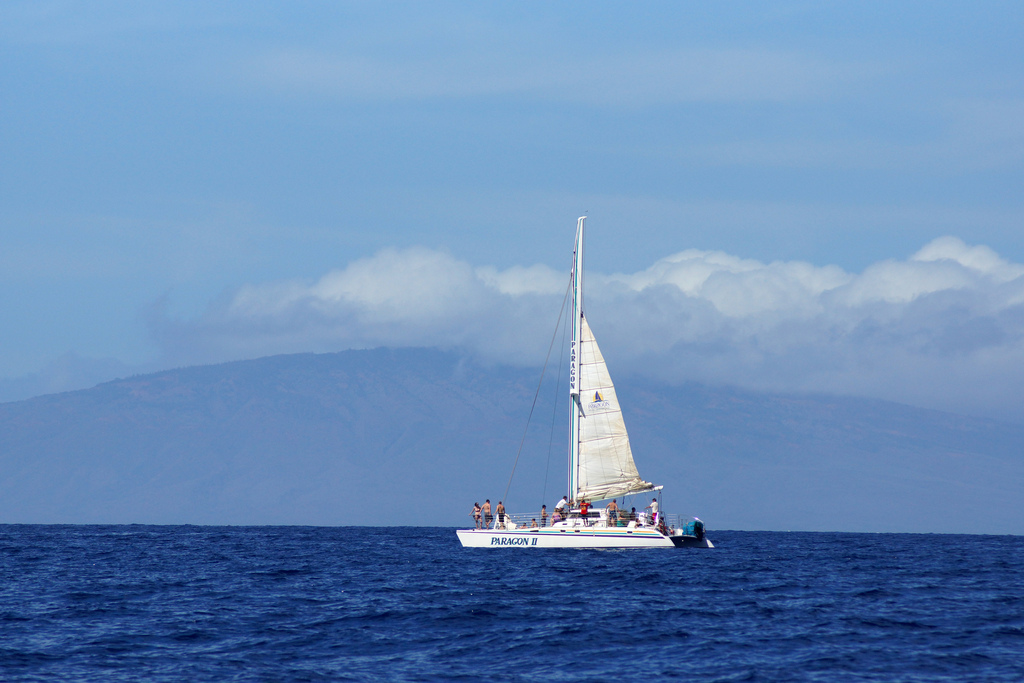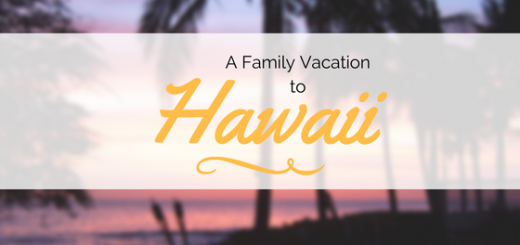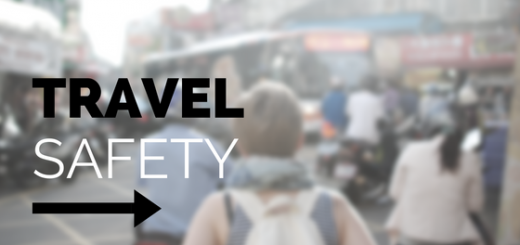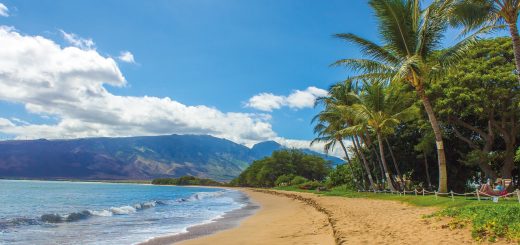Boating Tips When Sailing Hawaii

While the Pacific Ocean provides a truly breathtaking boating experience, your day can quickly turn dangerous due to unforeseen issues. Whether you’re planning on dropping anchor and relaxing in the sun for a few hours, or traveling miles along the coastlines to sightsee, your safety practices should remain the same in order to guarantee a secure, and enjoyable trip.
Perhaps the most obvious pre-boating consideration is making sure you have life jackets before stepping aboard. Unfortunately, in documented cases, 76% of boating fatalities in 2015 were caused by drowning, and a remarkable 85% of the victims were not wearing life jackets. This shows the importance of bringing these lifesaving vests along with you should you be forced into the water for any reason.
Upon leaving the docks, proper navigation is very important, as there are many coral reefs and unexpected changes in elevation under certain areas of these waters. A prime example of this is Kaneohe Bay. Small beds of coral line the outskirts of this bay’s channel, and at times, protrude into its quarters. The channel is marked however, with red and green markers, and range markers onshore signifying the heights and sizes of these reefs. The beds themselves are marked by white markers, which can be easy to miss if not paying attention. All of these factors depend on the height of the tide as well. To best prevent your boat from becoming another victim of these shallow waters, it is recommended that you take the Main Ship Channel when entering Kaneohe Bay.
Luckily, Hawaii has some of ideal weather in the world, so the time of year in which you choose to sail is not a large concern. However, there are a few seasonal considerations to take into account. During the summer, tradewinds from the northeast tend to be more prominent, which can increase swells and wave sizes. September 15th is the last date you are able to sail in the north shore of Oahu and Kauai, as waves can reach heights of up to 30 feet during the winter season; a risk not worth taking for avid boaters. It’s important to note that while generally accommodating, the weather in Hawaii can change suddenly. Be on constant lookout for any sudden changes in winds, cloud formations, or sea patterns to best avoid potential danger.
Before leaving the docks, proper gear is key. Aside from life jackets as previously mentioned, bringing any type of sound device, like whistles or digital selective radio to alert nearby stations of your distress, is crucial. Additionally, flares and fire extinguishers should be necessities. Always let someone know where you are going before leaving as well. Should you get lost or lose communication while miles from the coast, your position will be generally known by at least one other person.
Education on proper boating safety should be passed along by all. The waters of Hawaii can be beautiful, but dangerous to the untrained sailor. For more information, visit the United States Coast Guard’s Hawaii page, or download the app for the latest safety regulations and more.


